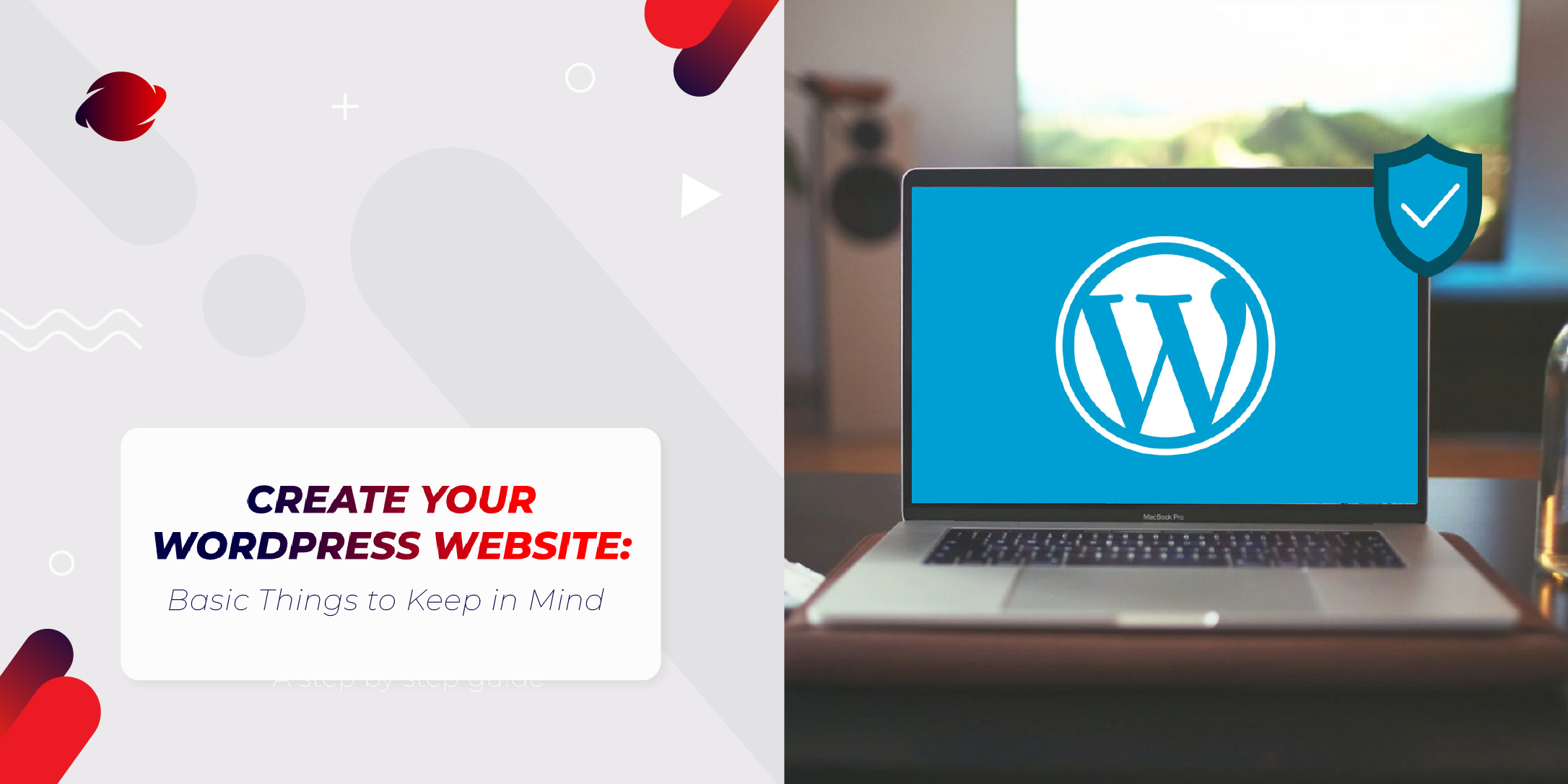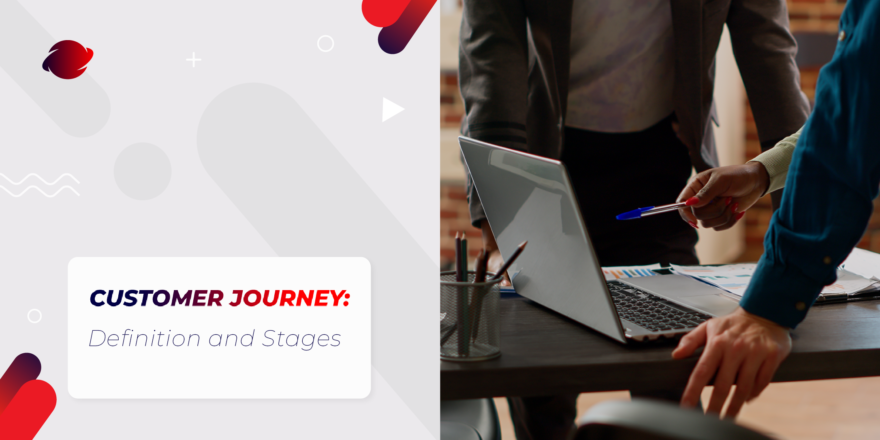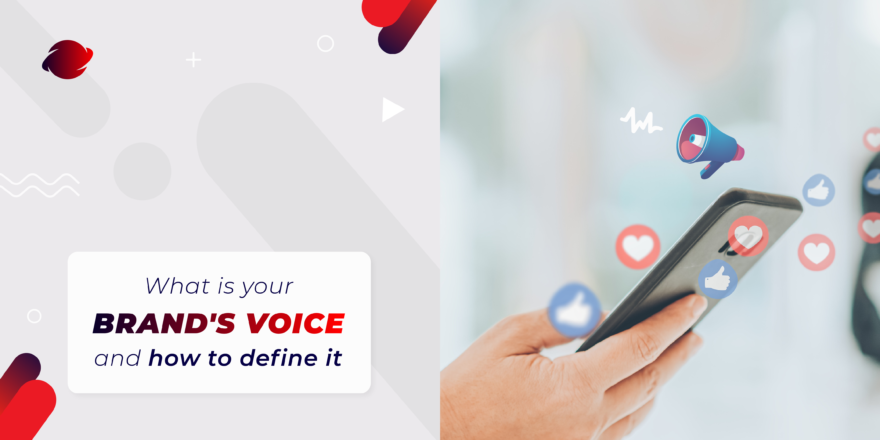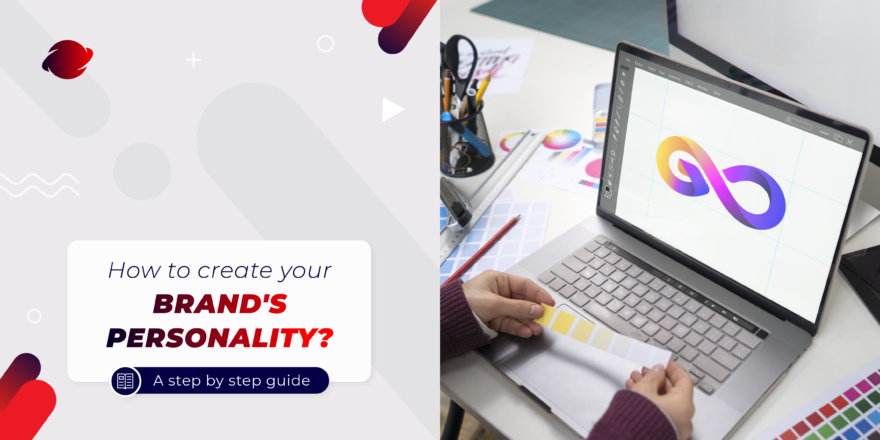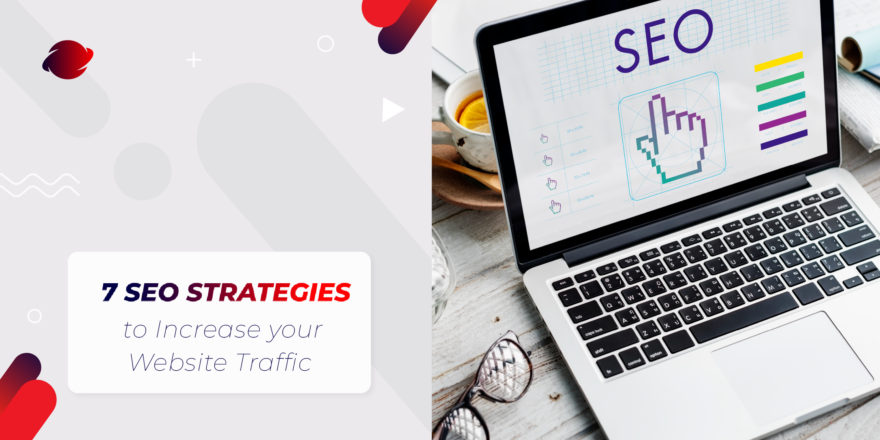Many people would say that if your brand has neither a website nor any social media accounts, it doesn’t exist. This is because websites are places where customers can easily and quickly access your brand’s products and services, having direct contact with your company and its information in case of doubts or requirements.
So, in this article, we’ll tell you about the basic things you should know and consider when creating your website. You have many options to do this, but here we’ll discuss WordPress and its elementary uses.
How can we create a website?
We should first mention the two ways a website can be created.
● From scratch: You can personalize a website in all its totality, creating it from step one. For this, it is necessary to have a certain level of knowledge in programming.
● Using a CMS: If you lack programming abilities, you can choose a Content Management System (templates already programmed that come with the necessary tools to allow anyone to create its own web). WordPress is one of these CMS.
WordPress.com vs WordPress.org
If you belong to a group of civilians who do not even know how the codes of a website are produced, you will probably decide to use a CMS like WordPress. In that case, you’ll face another decision: should my website be made using a .com or a .org? Is there any difference between them?
Yes, they are different.
| WordPress.com | WordPress.org |
| You need to know a little bit about programming. | Not any extra knowledge is needed. |
| You can control its design in its totality. | Their design is a little bit more limited. |
| You have your own domain. | If you want the free plan, the domain will end in “…wordpres.com”. |
| Its use is free. | The free option is pretty limited, but you can choose among different plans to improve its content (by purchasing them). |
Choosing your domain
Once you’ve decided which option you’d like to use for your brand’s website, you should choose its domain. And this is a crucial step in creating a website, especially if this one belongs to a business because a domain is the “digital address” your website will have.
That’s why it should be:
● Related to your brand and its category (www.novasmarketing.com/org), it will be easier for visitors to identify the company’s specialty.
● Easy to write and remember (avoid using numbers or symbols, like –@,%#, etc.).
● Unique. Make sure there are no similar ones: this could cause your potential clients to visit another website.
📌 A little clarification:
| Domain | Hosting |
| ● It’s the address of the website. ● if you don’t use the wordpress free option, you can buy it and choose it freely (unless the name has already been taken). | ● It’s the virtual space occupied by the web. ● if you don’t use the wordpress free option, you can hire a hosting company (but make sure you choose a good one, because the performance of your website will depend on it). |
Think your strategy
Now that you´ve chosen your website´s name and domain, you need to consider some important points before starting to design its structure and to write its content.
- What are you creating the website for?
You want people to know about your brand. You want to sell your products and services. You want to give information about what you do. You want to solve your customers’ pain points.
- Who are you talking to?
Who are your ideal clients? How do they speak? What do they like, want and need? What are their problems? What solutions can you give them?
- What makes you different from others?
What kind of benefits will your customers have after using your products? Why should they choose you? What kinds of advantages does your brand have over other brands?
Define each section and its main objectives
After being clear about the general objectives for which you are creating the site, you should define what kind of sections your webpage will have. Remember that each of the inner pages you choose to make should have its primary objective.
Here we give you some possible options of the most common web sections and their objectives for you to consider:
● Home: it has to be attractive to make readers want to stay on the website for an extended period.
● About us/me: the idea is to generate empathy, trust, and a connection between the potential clients and you or the company.
● Portfolio: show projects made by the brand to inspire visitors and make them see that they can trust their quality.
● Products/Services: Let the clients learn about everything you have to offer to them / convince them to buy.
● Contact: Give the visitors chance to have direct contact with the company.
● Blog: Give the readers information about your brand’s environment / show them that you know about your brand’s subject.
What tools can you use?
- Once you have defined all the above, you are ready to start with the design of the structure and content of your website. For this, WordPress lets you use a lot of handy tools. Here we’ll mention two of them briefly.
- Plugins
| Also called extensions.Allow a host program to have new functions without altering it.Introduce additional ‘global’ functionality to a website that’s unavailable by default.Help to improve the website’s positioning. Some of them can make your website multilingual, optimize images automatically, and turn it into an e-commerce store or a portfolio, among many other functions.Some of them are free, but others have to be purchased. |
- Widgets:
| They are modular elements that allow adding a specific feature or additional content to different website areas (like websites’ sidebars, headers, footers, or menus areas).They are an inherent part of the design and layout customizations of WordPress.They provide minor and focused additions.They can be dragged and dropped into a place on the site.There is a wide range of widget types to choose from.Some of them are: Recent posts, Categories, Search box, Shopping cart, a Map, CTAs buttons. |
Now, you are ready!
After reading all this, you have a little more information about the essential things you need to know and consider to begin creating your brand´s website. Maybe you´ll need a little time to get the hang of it, but don´t worry! The good thing is that you can always correct and change what you don´t like.


